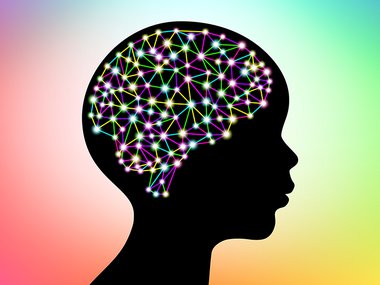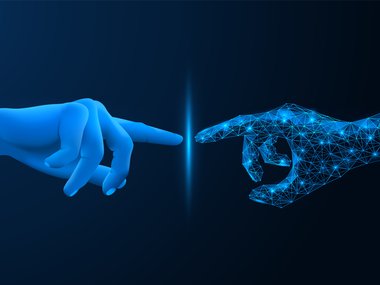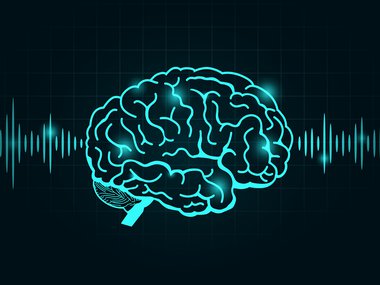Question Your World: Why Use AI To Decode Pink Floyd Songs From Human Brains?
A team of researchers has just translated brain activity into a recognizable version of a song. Which song? Pink Floyd’s “Another Brick in the Wall.” Part 1, to be specific.
Here’s how this research went down. This study involved 29 patients who were being observed for epilepsy research. They had electrodes implanted in them already, giving researchers access to observing activity throughout various parts of the brain.
The Pink Floyd song was played at various times and all the brain activity was mapped and cataloged. Researchers picked this particular song not only because they liked it, but also because it's complex, offering varying chords, harmonies and some very unique tonal and lyrical vocal delivery.
So, what were the results? These scientists were not only able to see which parts of the brain reacted to various aspects of the song, but they also gathered that information and reconstructed the data with an audio output using AI. In other words, we got to hear the AI cover-version of Pink Floyd's song as heard through these participants' brains!
The AI’s version of this decoded brain activity is not exactly the brilliant version we are used to hearing, but it’s definitely the right song. The sonic output almost sounds like you’re listening to the song from underwater or maybe if it’s playing in a distant room, but it definitely follows some of the musical motion in the chords and melody.
This study also demonstrated that the superior temporal gyrus, a part of the brain located just above and behind your ear, is a key player in music perception. Surprise! This region also happens to be important in auditory processing, like speech.
So, why do all this? One of the places where this research could have some practical application is for giving tone and variability to speech devices. Stephen Hawkins is probably the world’s most well known robotic voice, lacking inflection and tone changes, making everything sound essentially the same. Technology like this could lead to a far more dynamic range of communication options for individuals that have neurological conditions preventing them from speaking on their own.
For now, we’re still at the very early stages of this research and technology. There are many more questions to ask. Was the song familiar to everyone in the research? Would different music be able to be decoded the same way? In other words, “we still need more education.”
Regardless this is an impressive breakthrough involving neuroscience, AI and some classic rock! Stay tuned as more develops.
More Pink Floyd Science
Decoded brain activity may be breaking news in the overlap of Pink Floyd and science, but there’s one place where the British band has always been linked to science: space! One of the most famous Pink Floyd recordings of all time is the 1973 classic album “Dark Side of The Moon.” Not only does this involve some of the band’s most fantastic musicianship, but it’s led to a great astronomy question: Is there a dark side of the Moon? We have a whole video for you to check out for this exact topic! Dig in and learn about geosynchronous orbits and why Pink Floyd’s “dark side” does not add up in the world of science. Check out the video here.


